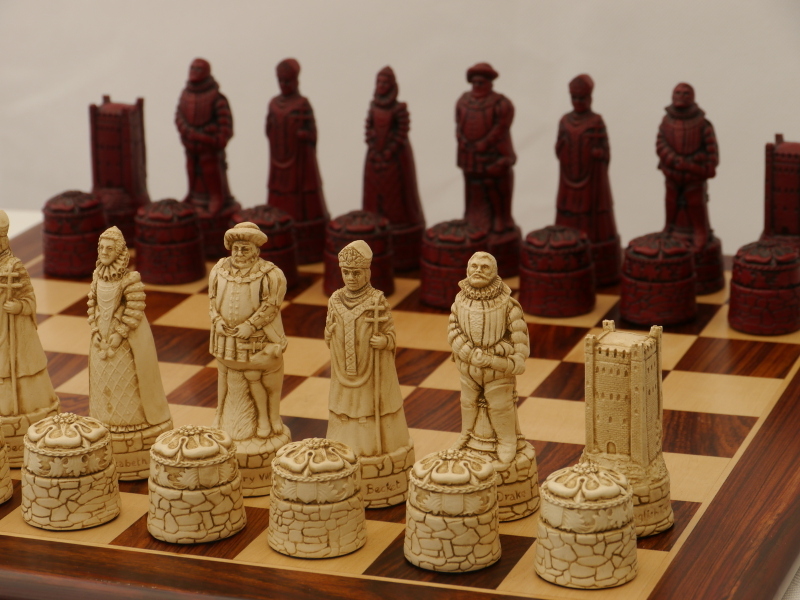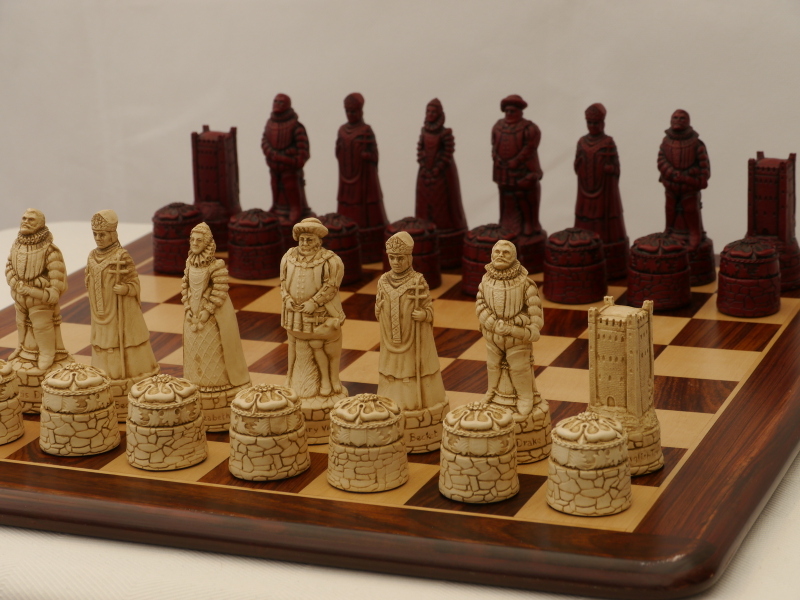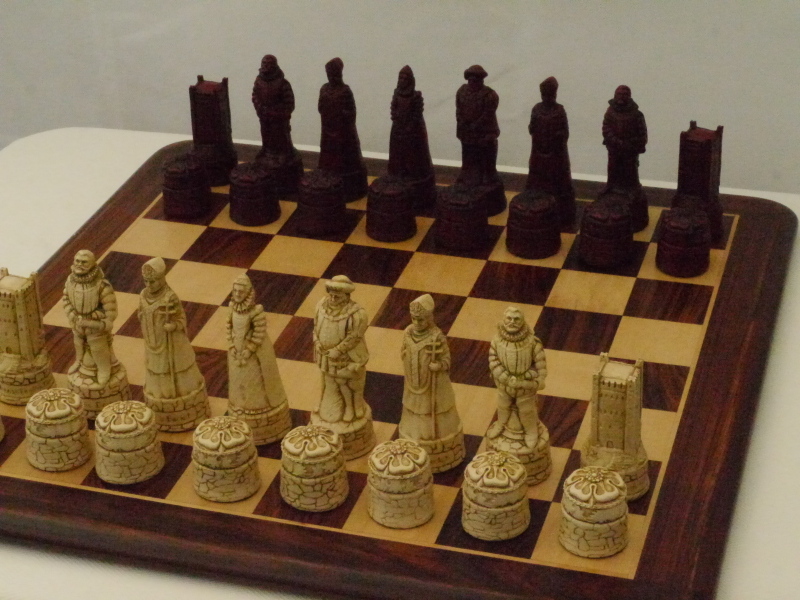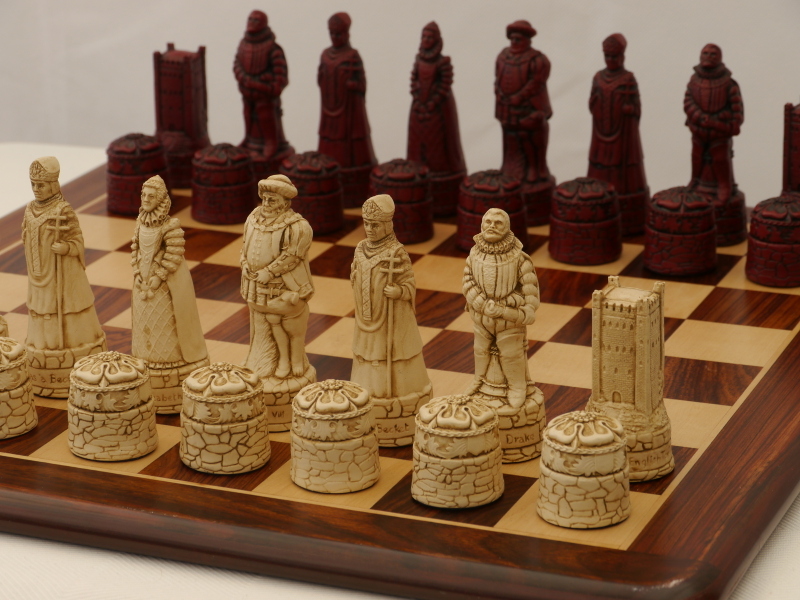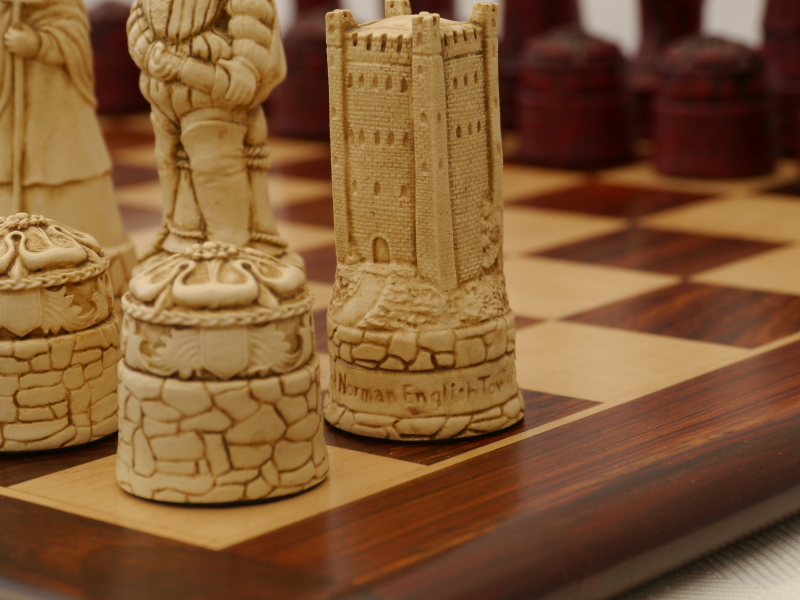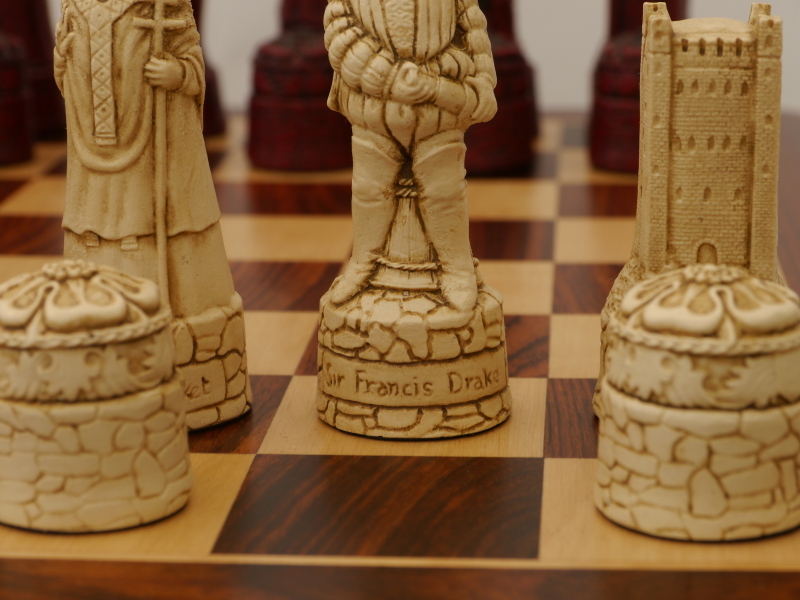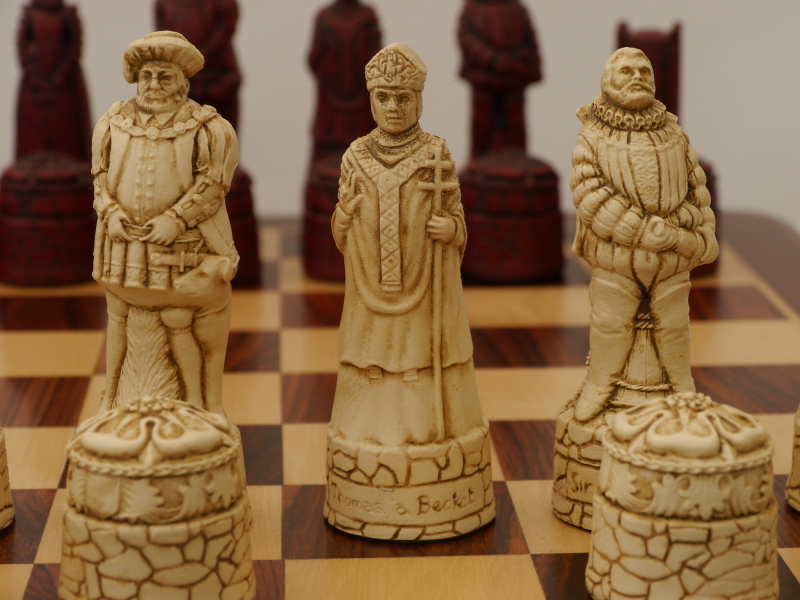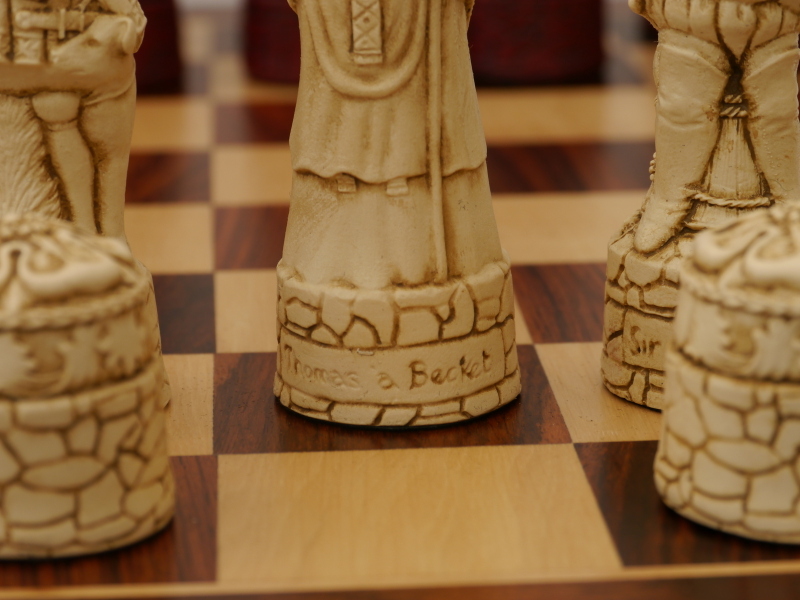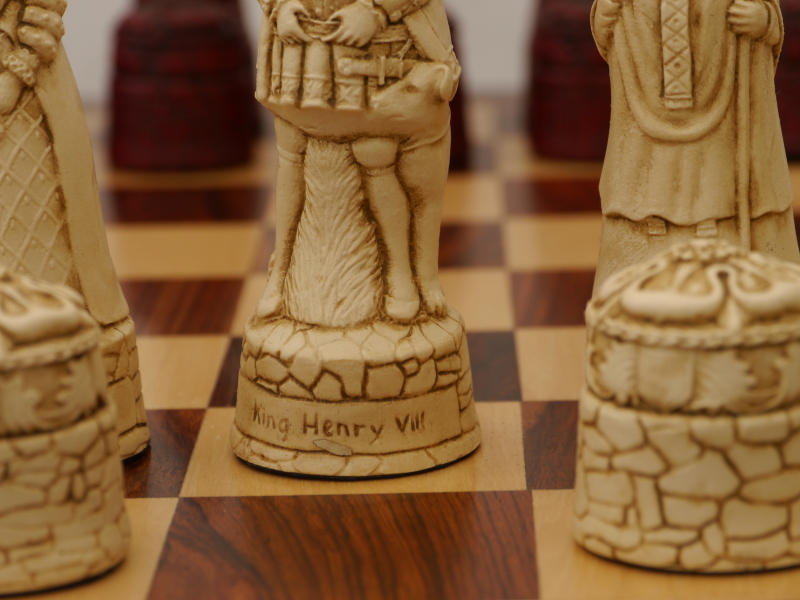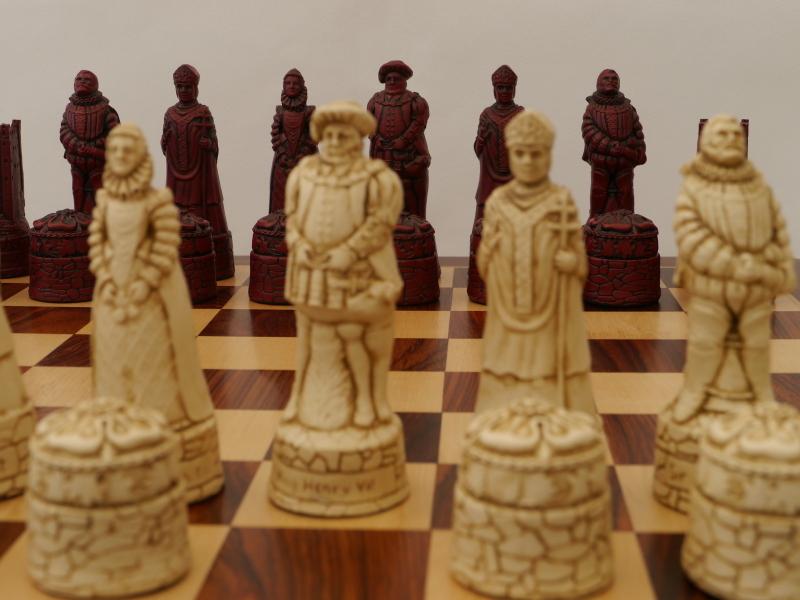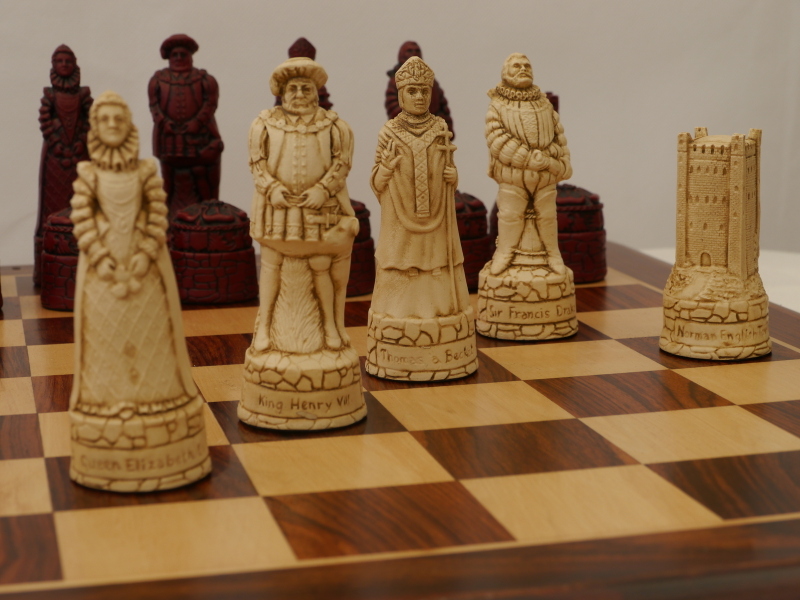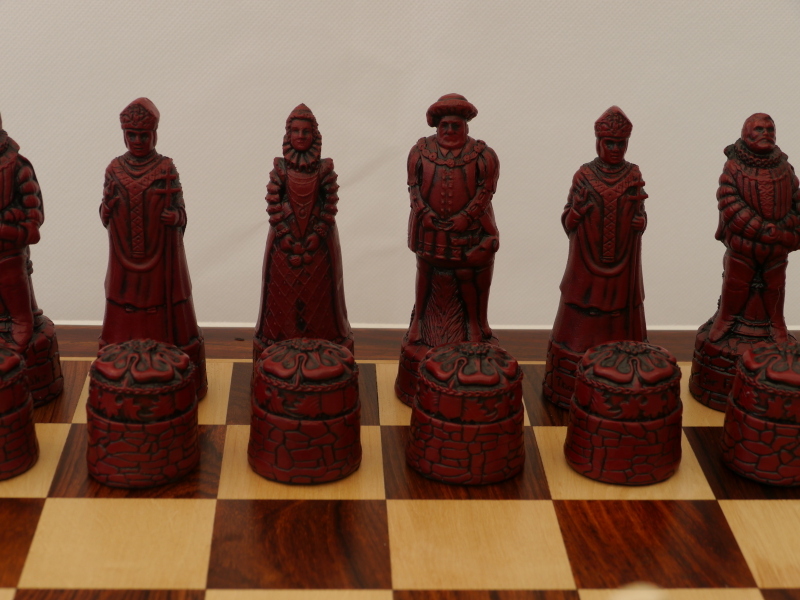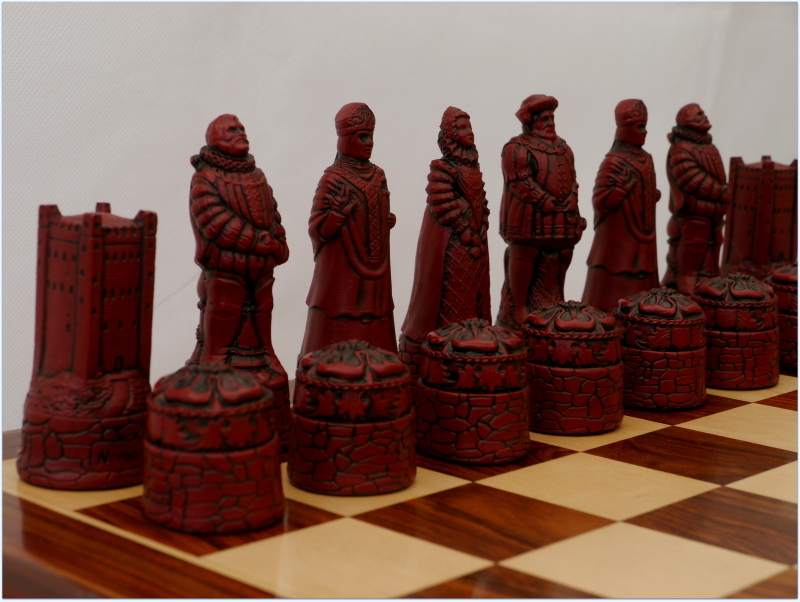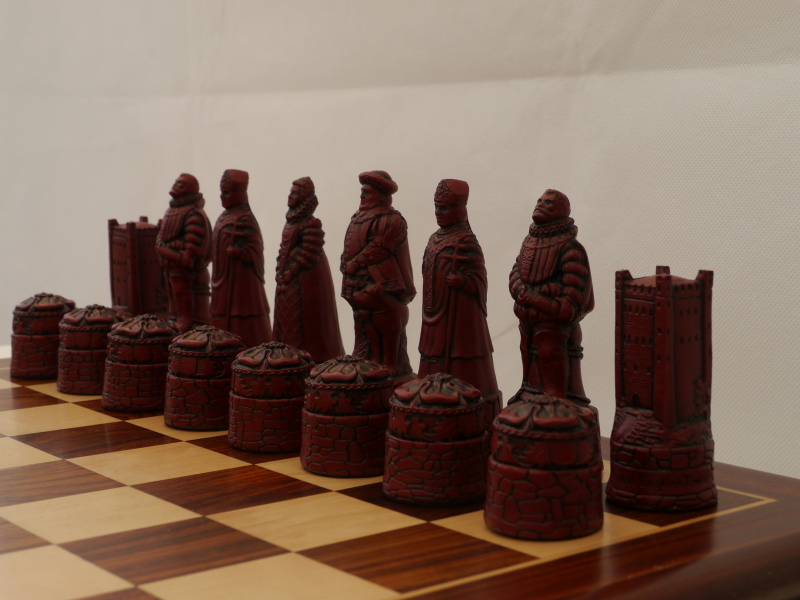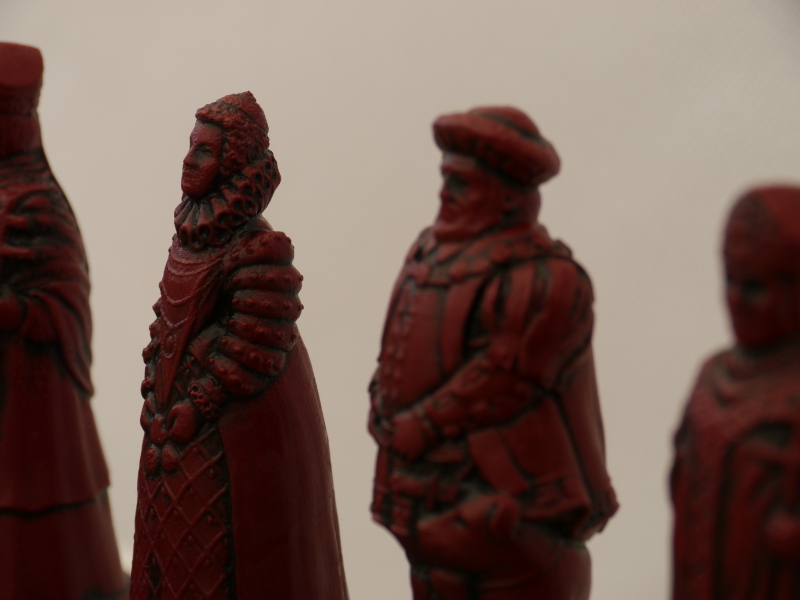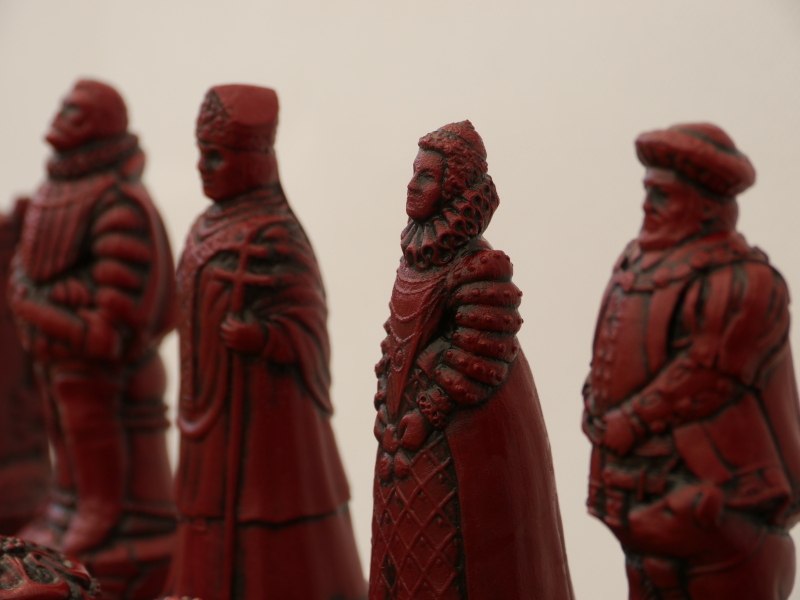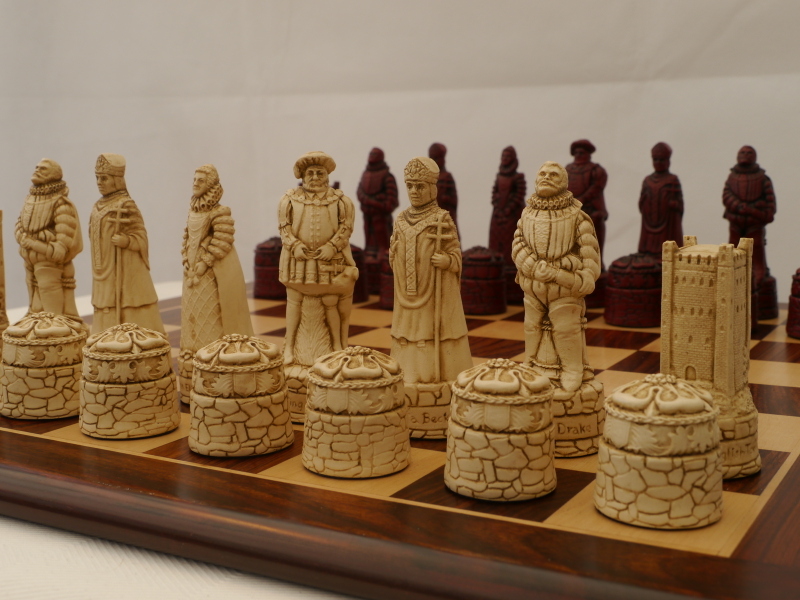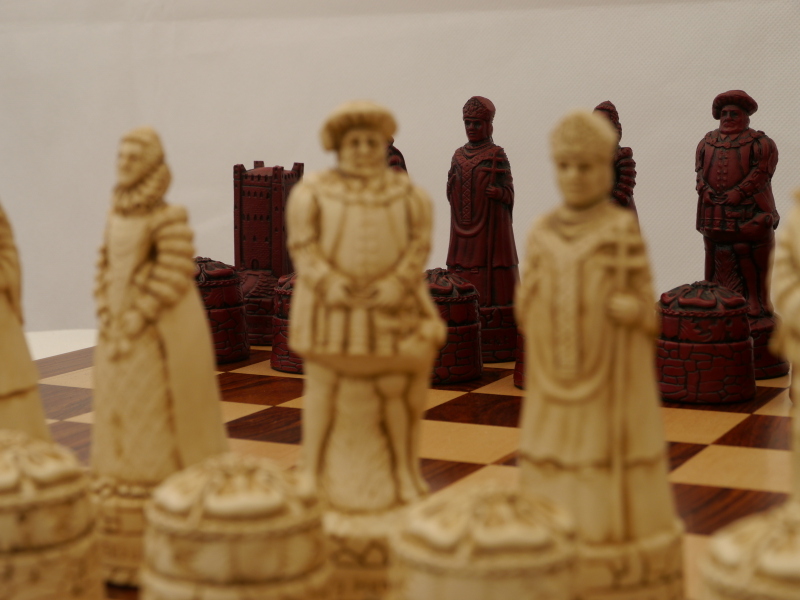BC3008: English – Red
The coastline and landscape of what would become modern Britain began to emerge at the end of the last Ice Age around 10,000 years ago. What had been a cold, dry tundra on the north-western edge of Europe grew warmer and wetter as the ice caps melted. The Irish Sea, North Sea and the Channel were all dry land, albeit land slowly being submerged as sea levels rose. But it wasn’t until 6,100 BC that Britain broke free of mainland Europe for good, during the Mesolithic period – the Middle Stone Age.
The story of England is a tale of an indomitable people. From it’s early origins, warring tribes and then feudal barons battled for supremacy across the land. Following full or partial invasions by the Romans, the Vikings and the Normans a unified country began to emerge under a succession of despotic monarchs.
The end of Roman rule facilitated the Anglo-Saxon settlement of Britain which historians often regard as the origin of England and of the English people. The Anglo-Saxons, a collection of various Germanic Peoples, established several kingdoms that became the primary powers in present-day England and parts of southern Scotland. They introduced the Old English language, which largely displaced the previous British language The Anglo-Saxons warred with British successor states Wales, West Cornwall and the Old North as well as with each other. Raids by Vikings became frequent after about AD 800, and the Norsemen settled in large parts of what is now England. During this period, several rulers attempted to unite the various Anglo-Saxon kingdoms, an effort that led to the emergence of the Kingdom of England by the 10th century.
In 1066, a Norman expedition invaded and conquered England. The Norman Dynasty established by William the Conqueror ruled England for over half a century before the period of succession crisis known as the Anarchy (1135-1154). Following the Anarchy, England came under the rule of the House of Plantagenet, a dynasty which later inherited claims to the Kingdom of France. During this period, the Magna Carta was signed. A succession crisis in France led to the Hundred Years War(1337–1453), a series of conflicts involving the peoples of both nations. Following the Hundred Years’ Wars, England became embroiled in its own succession wars. The Wars of the Roses pitted two branches of the House of Plantagenet against one another, the House of York and the House of Lancaster. The Lancastrian Henry Tudor ended the War of the Roses and established the Tudor Dynasty in 1485.
Under the Tudors and the later Stuart Dynasty, England became a colonial power. During the rule of the Stuarts, the English Civil War took place between the Parliamentarians and the Royalists, which resulted in the execution of King Charles I (1649) and the establishment of a series of republican governments — first, a Parliamentary republic known as the Commonwealth of England (1649-1653), then a military dictatorship under Oliver Cromwell known as The Protectorate (1653-1659). The Stuarts returned to the restored throne in 1660, though continued questions over religion and power resulted in the deposition of another Stuart king, James II, in the Glorious Revolution (1688). England, which had conquered Wales in the 13th century, united with Scotland in 1707 to form a new sovereign state called Great Britain. Following the Industrial Revolution Great Britain ruled a colonial Empire, the largest in recorded history. Following a process of decolonisation in the 20th century, mainly caused by the weakening of Great Britain’s power in the two World Wars, almost all of the empire’s overseas territories became independent countries.
Over the centuries, the English Parliament progressively limited the power of the English monarchy which arguably culminated in the English Civil War and the trial and execution of Charles I in 1649. After the restoration of the monarchy under Charles II and the subsequent Glorious Revolution of 1688, the supremacy of Parliament was a settled principle and all future English and later British sovereigns were restricted to the role of constitutional monarchs with limited executive authority. The Act of Union of 1707 merged the English Parliament with the Parliament of Scotland to form the Parliament of Great Britain When the Parliament of Ireland was abolished in 1801, its former members were merged into what was now called the Parliament of the United Kingdom.
In each era of English history dominant figures and symbols have emerged to illustrate the period. These were typically from the worlds of monarchy, military, religion, literature or politics. The master craftsmen of Berkeley Chess have created this beautiful chess set with six such symbols which characterise the evolution of this great country:
King : King Henry VIII
Queen: Queen Elizabeth I
Bishop: Thomas a Becket
Knight: Sir Francis Drake
Rook: Norman English Tower
Pawn: English Rose
Metrics: BC3008 English – Red. King Height: 4.5″ (11cm). King Dia: 1.6″ (4.1cm). King Weight: 120g (4.2oz)
Download High-Resolution Images of this model

